How to detect 304 stainless steel plate?
304 stainless steel products greatly facilitate daily life. In our daily life, we will also encounter some shoddy and shoddy manufacturers who defraud customers with fake 304 stainless steel plates or non-304 stainless steel plates, which brings immeasurable harm to customers. damage. When you need to purchase 304 model stainless steel products, you should clearly understand the model label on the product. The correct labeling methods currently on the market mainly include "SUS304" or "304". Avoid stores using "SVS304", "DUS304", etc. Complete. 304 stainless steel is a common material among stainless steels and has the characteristics of good processing properties and high ductility. However, in recent years, due to the proliferation of low-nickel and medium-carbon steel, the stainless steel market has become chaotic. In addition, consumers cannot distinguish the raw material model of stainless steel with the human eye, making it very easy to be deceived by the store's propaganda. Next, I will teach you how to identify the authenticity of 304 stainless steel plates.
1. Use stainless steel evaluation agent to identify
The stainless steel evaluation agent is used to test the stainless steel products of which series the difference in nickel content in stainless steel plates is. There are various specifications and models for rapid detection of 200 series, 300 series, 400 series and other stainless steels. The operation method of stainless steel grading agent is very simple. Just drop it on the stainless steel plate directly. The stainless steel grading agent usually has an effect in about 2-3 minutes. Different colors match different types of stainless steel materials. The one that turns red in about 10 seconds is ordinary 201 stainless steel; the one that turns red in about 50 seconds is pure 201 stainless steel; the one that turns red in about 1 minute is 202 stainless steel; the 301 stainless steel will turn red in 2-3 minutes, but the color is very light and must be Look carefully; if there is no change in color within 3 minutes and the color at the bottom becomes slightly darker, it is considered pure SUS304 stainless steel. Generally, stainless steel evaluation agents are equipped with a color card comparison table. You can immediately compare the identification results to understand the model specifications of the stainless steel plate, which is very convenient.
2. Identify 304 stainless steel based on magnetism
We know that 304 Grade stainless steel belongs to the martensitic type, but the martensitic type is non-magnetic or weakly magnetic, so everyone will think that good stainless steel is non-magnetic. However, what everyone has overlooked is that 304 stainless steel may produce magnetism due to fluctuations in its composition or different processing conditions during the smelting process, but this cannot be considered a counterfeit or substandard product; in addition, 304 stainless steel has experienced During cold drawing, the organizational structure will also transform to Martensitic. The greater the cold drawing deformation value, the more austenite transformation, and the greater the magnetism of the steel. On the other hand, the lower quality 200 series stainless steel products are very likely to be non-magnetic, so it would be a big mistake to judge that it is stainless steel with good value for money. In particular, it should be pointed out that the magnetism of 304 stainless steel due to the above reasons is not at the same level as the magnetism of stainless steel of other materials. In other words, the magnetism of 304 steel always shows weak magnetism. This tells you that if stainless steel has weak magnetism or no magnetism at all, it should be identified as 304 or 316 material; if it has the same magnetism as carbon steel, it shows strong magnetism because it is not identified as 304 material.

3. Identification with sodium thiosulfate
Related links:Stainless Steel Sheets with Vibration Non-Directional: An Aesthetic Marvel
What Are the Parts of a Railway Track?
The Ultimate Guide to Wire Mesh Fence: A Comprehensive Overview
What is Cemented Carbide Anvil Used for?
How Is Perforated Metal Made?
What is the purpose of the finned tube?
What is the galvanized steel coil used for?
Remove the oxidation layer on the stainless steel plate, put a drop of water on it, and rub it with sodium thiosulfate. If the color does not fade after rubbing, it is usually stainless steel; if it turns dark purple, the non-magnetic one is medium carbon steel, and the magnetic one is usually ordinary steel. Steel or high alloy steel. For steel grades with unique characteristics, we still need to use the following three methods to identify them. If the cold-drawn chromium-nickel stainless steel is magnetic, you can use a small piece to burn it red in the fire and let it cool naturally or put it into water (quenching). Generally speaking, the magnetism will weaken significantly or completely disappear after quenching. However, there are some chromium-nickel stainless steels, such as Cr18Ni11Si4AlTi steel and Cr21Ni5Ti steel, because the steel contains more metallographic structure elements, and a very large part of the structure is metallographic structure. Therefore, it is magnetic even under heat treatment.
4. Scratch identification
To identify scratches, grind the 304 stainless steel on a polisher and observe the flames. If the flame is streamlined and has more dense knots, it is medium carbon steel or manganese nitrogen steel with a higher manganese content; if there are no knots, it is manganese steel or chromium-nickel stainless steel.
5. Identification through chemical determination method
The organic chemical determination method is an identification method to identify whether magnetic stainless steel contains nickel. The method is to dissolve a small piece of stainless steel in aqua regia, dilute the acid solution with purified water, add sodium hydroxide to neutralize it, and then gently introduce the nickel test reagent. If there is bright red velvet milk when the liquid level rises, it means that the stainless steel contains nickel; if there is no bright red velvet milk, it proves that there is no nickel in the stainless steel.
The above identification methods show that the sensory identification of stainless steel not only requires comprehensive testing in several ways, but the experimental results can only identify a certain type of stainless steel plates, but cannot determine what aluminum alloy elements and actual components are contained in the steel. Element. Therefore, the method of sensory identification is extremely unsound at this stage, some may be incorrect, and there are many physical changes. We only learn about them but do not know why, and they need to be further discussed.
What is the process of Hot-dipped Galvanized Steel Coils?
What is Razor Blade Wire?
What Are Advantages of Step-In Fence Posts?
What is Plain Woven Wire Screen?
What is the purpose of perforated metal sheet?
How Much Silica Fume Can Be Used in Concrete?
What Is the 3D Curved Wire Mesh Fence?
56
0
0
Related Articles
-
128
0
0
-
114
0
0
-
122
0
0
-
117
0
0
-
113
0
0
-
94
0
0
-
111
0
0
-
100
0
0

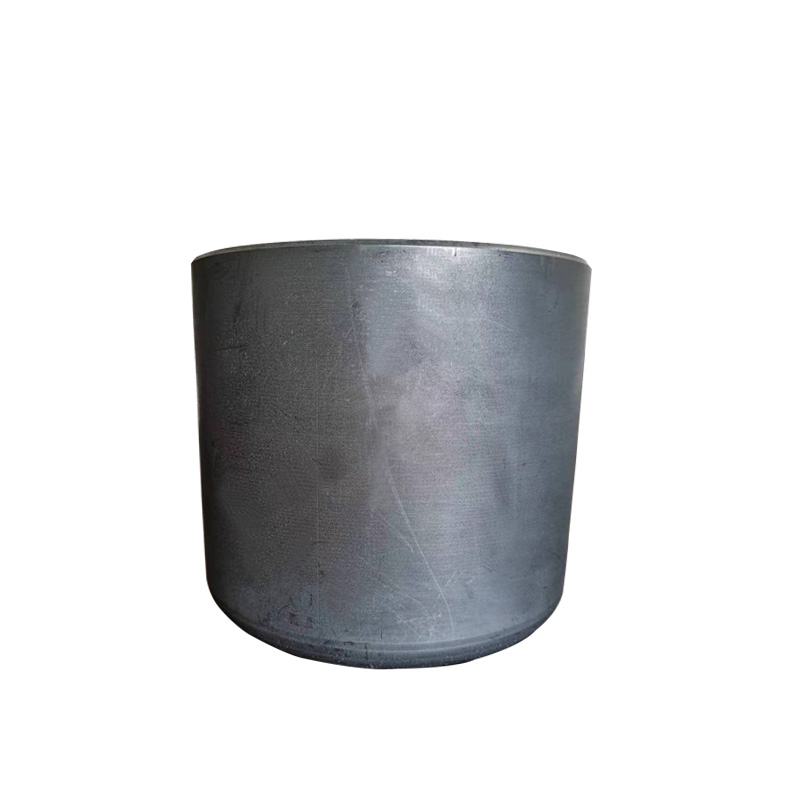
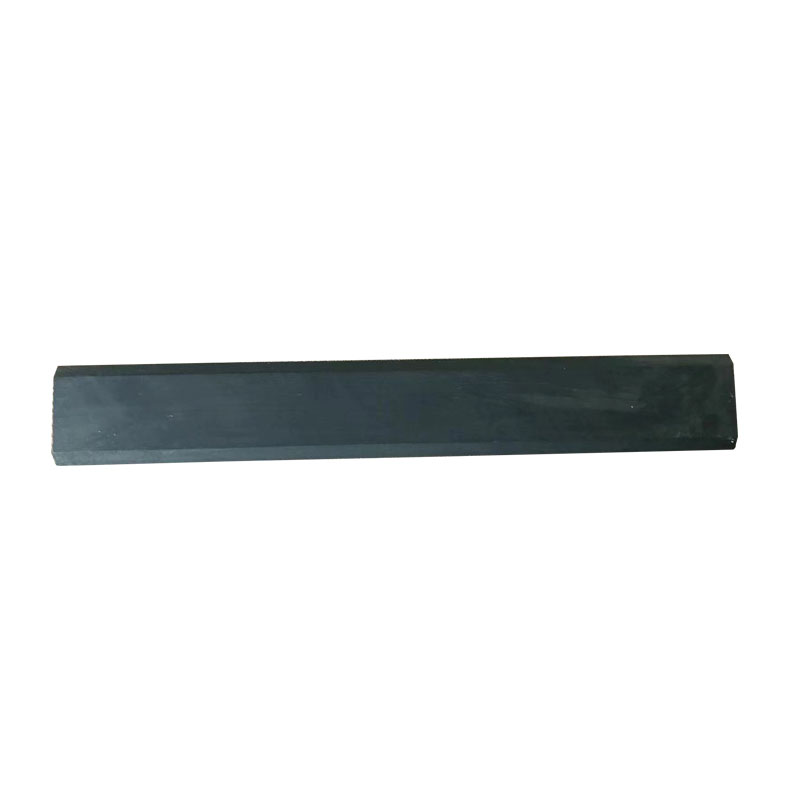
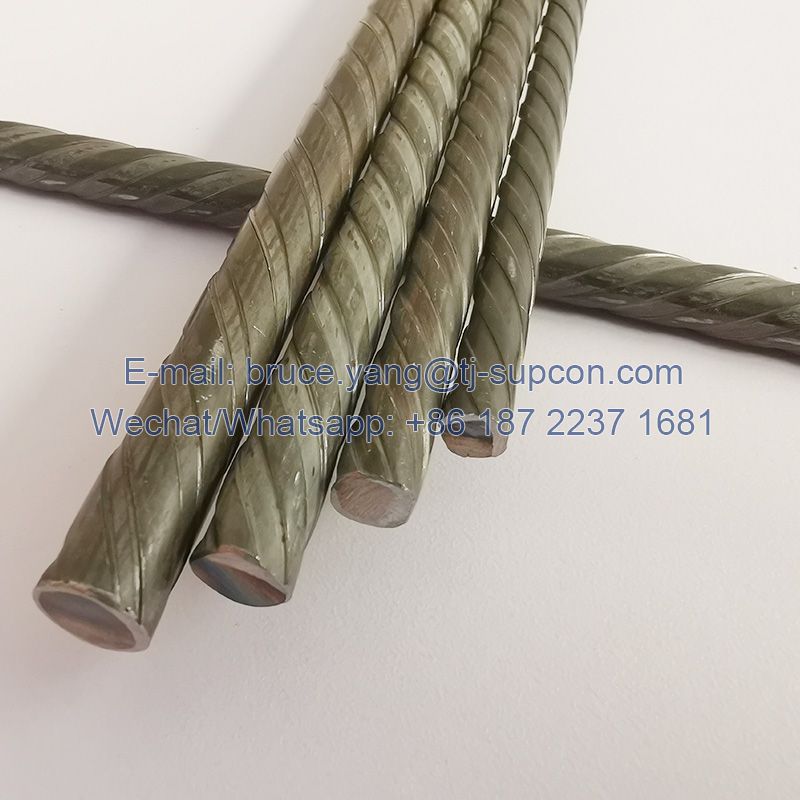


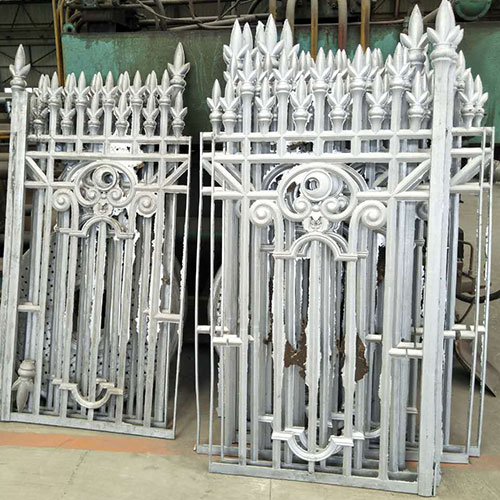
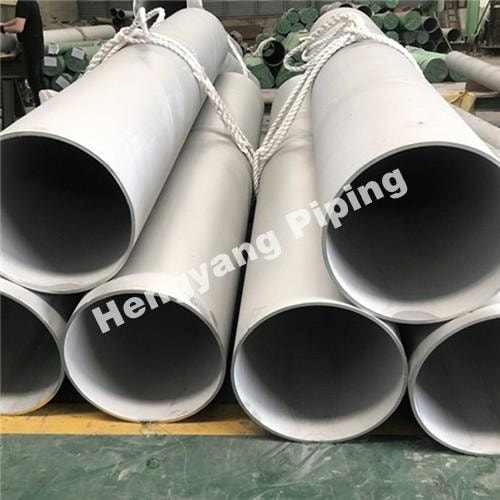
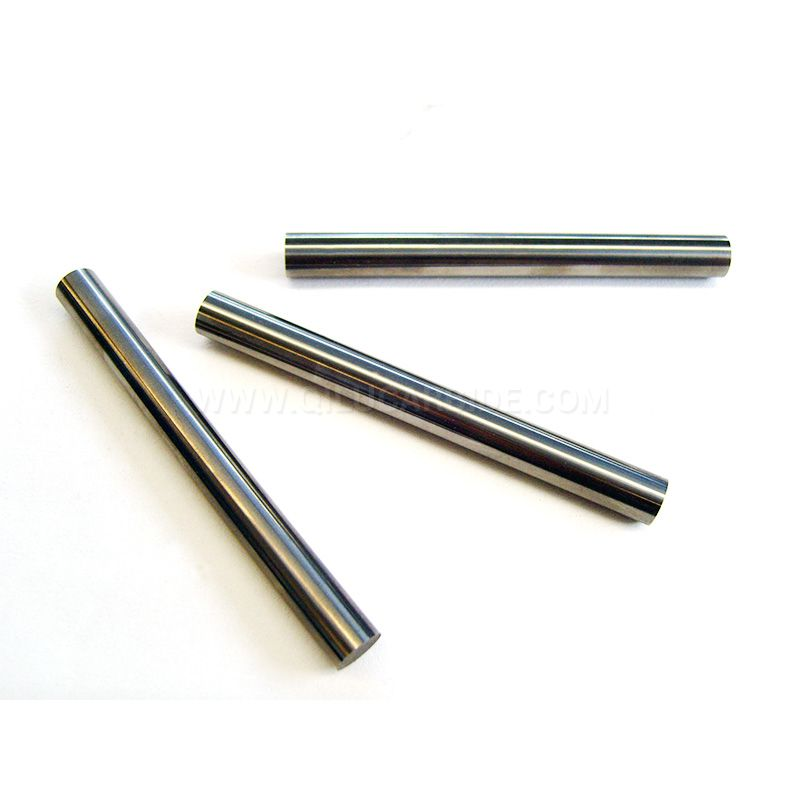
Comments
All Comments (0)